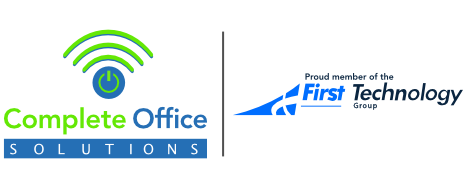Prepare for the Future: Windows 10 Support is Ending – Here's What You Need to Know
As technology evolves, so do the operating systems that power our devices. Microsoft has announced that Windows 10 will reach its End of Support (EOS) on October 14, 2025, marking the end of an era for one of the most popular operating systems. If your business or personal devices are still running Windows 10, now is the time to start planning for the transition. Here's what you need to know and how you can prepare.
What Does the End of Support Mean?
When Windows 10 support ends, Microsoft will no longer provide:
- Security Updates: Your system will be vulnerable to emerging cyber threats and malware.
- Bug Fixes: Issues and vulnerabilities will no longer be patched.
- Technical Support: Official assistance from Microsoft will no longer be available.
Staying on Windows 10 beyond its EOS date could expose your devices to security risks and compatibility issues.
How to Prepare for the Transition
-
Evaluate Your Systems:
- Identify devices still running Windows 10 and evaluate their specifications.
- Check if your current hardware meets the requirements for Windows 11 (e.g., TPM 2.0, Secure Boot, and specific processors).
-
Upgrade to Windows 11:
- Devices that meet the hardware requirements can be upgraded to Windows 11 for free.
- Windows 11 offers enhanced security, a modernized interface, and features designed for productivity and compatibility with future technologies.
-
Plan for Replacement:
- Older systems that don’t meet Windows 11 requirements may need to be replaced.
- Consider upgrading to new hardware to ensure you’re fully prepared for modern security and performance standards.
What Devices Won’t Support Windows 11?
Windows 11 has stricter hardware requirements than its predecessor, meaning not all Windows 10 devices are eligible for the upgrade.
Here are the key requirements for Windows 11:
- Older Processors: Computers with processors made before 2018 (like older Intel or AMD models).
- Not Enough Memory: Devices with less than 4 GB of RAM.
- Small Hard Drives: Computers with less than 64 GB of storage.
- No TPM Chip: Systems that don’t have a built-in security chip called TPM 2.0.
- No Secure Boot: Computers that can’t run Secure Boot, a feature that helps protect against viruses.
- Low-Resolution Screens: Devices with screens smaller than 9 inches or lower than HD resolution (720p).
If your device doesn’t meet these requirements, it won’t be able to run Windows 11.
Why Upgrade Now?
Proactively preparing for the transition offers several advantages:
- Avoid Downtime: Ensure seamless operations by upgrading before support ends.
- Enhanced Security: Protect your data with Windows 11’s advanced security features.
- Future-Proof Technology: Stay ahead with software and hardware that support modern workloads.
Let Us Help You Prepare
Navigating the end of Windows 10 can be daunting, but you don’t have to do it alone. Complete Office Solutions is here to assist:
- We’ll help you assess your current systems.
- Provide tailored advice on upgrades or replacements.
- Ensure a seamless transition to Windows 11.
📞 Contact us today to schedule an assessment or learn more about how we can future-proof your business or home office! Let’s prepare together for the next chapter in technology.
Call us: 021 852 5700
Please chat with us: WhatsApp our Team
Don’t wait until it’s too late—secure your systems for the future now! 🚀

